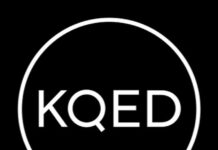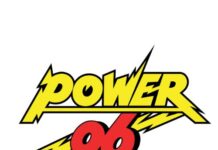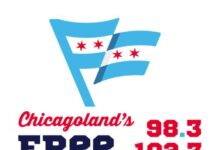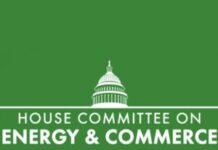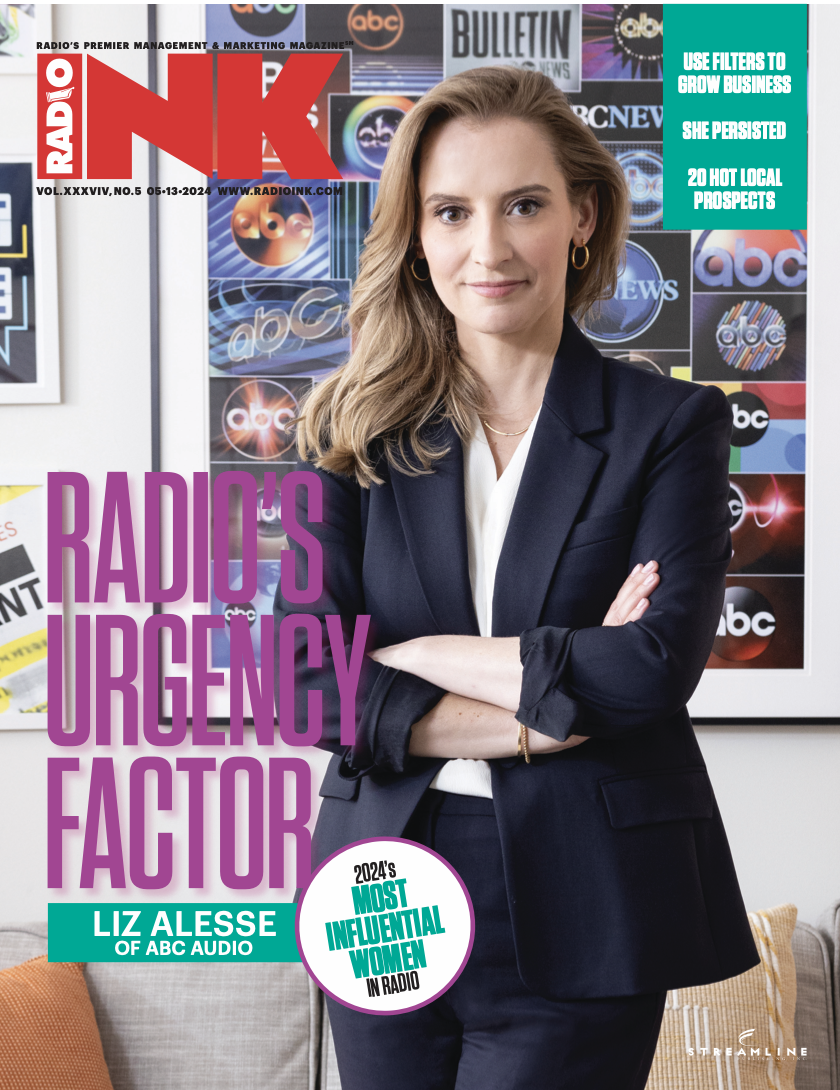
The National Association of Broadcasters has voiced significant concerns regarding the FCC’s proposed licensing and service rules for FM geo-targeting through booster stations, following the FCC’s approval of GeoBroadcast Solutions’ ZoneCasting technology.
As of May 16, licensed FM stations can request experimental authority to originate programming on up to 25 FM booster stations for a period of up to one year. Each FM booster will retransmit signals from an FM or low-power FM station but can broadcast its own content for up to three minutes per hour.
The NAB’s final comments to the amendment contend that introducing ZoneCasting could potentially disadvantage smaller radio stations. They argue that larger stations in central markets could use this technology to capture local advertising business from smaller stations located on the periphery. This shift could lead to a reduction in advertising rates and even facilitate the redlining of advertising away from less affluent areas.
A significant technical concern highlighted by the NAB is the potential for signal disruption in “transition areas” where a station’s primary signal intersects with a booster signal broadcasting different content.
This could lead to static or audio distortion, frustrating listeners and eroding public confidence in FM radio broadcasting. The NAB insists that any station utilizing this technology must design systems to prevent such interference, including self-interference.
To minimize self-interference, the NAB recommends stringent synchronization requirements for primary station and booster signals. This includes maintaining coherent carrier frequencies, modulation parameters, and program time delay. They propose that synchronization should be particularly enforced when program originating boosters are not serving areas shielded by terrain or when more than a specified number of boosters are deployed.
The NAB criticized GBS’s testing methodology, describing it as insufficient and lacking transparency. They argue that GBS’s tests were conducted under highly controlled conditions, not reflective of real-world scenarios. The comments raise concerns about the absence of independent observers during these tests and urge the FCC to mandate more comprehensive and transparent testing before allowing widespread implementation of ZoneCasting.
The NAB supports the FCC’s proposal to adopt a notification requirement for stations using program originating boosters. This would ensure that stakeholders and the FCC can monitor the deployment of ZoneCasting and address any interference issues promptly. Public notification is also seen as essential for tracking the effectiveness of emergency alert systems in the presence of ZoneCasting technology.
The NAB expresses further concern over GBS’s unverified claims about the compatibility of their technology with EAS and calls for rigorous validation under real-world conditions.
On the other hand, GeoBroadcast Solutions submitted final comments further praising the FCC’s decision and urging increased deregulation as the rollout continues. GBS agrees with the current safeguards but believes that overly restrictive technical and procedural requirements could hinder the deployment of this technology.
GBS says if real-world data shows that some safeguards, such as the three-minute per hour limit, are unnecessarily restrictive, the FCC should consider relaxing these rules. GBS suggests that the FCC Media Bureau have the authority to raise the 25 booster cap based on real-world geographic and physical data.
The ongoing debate between the NAB and GBS will undoubtedly continue as the trial period continues, as radio’s advertising landscape and platform continue to evolve.
